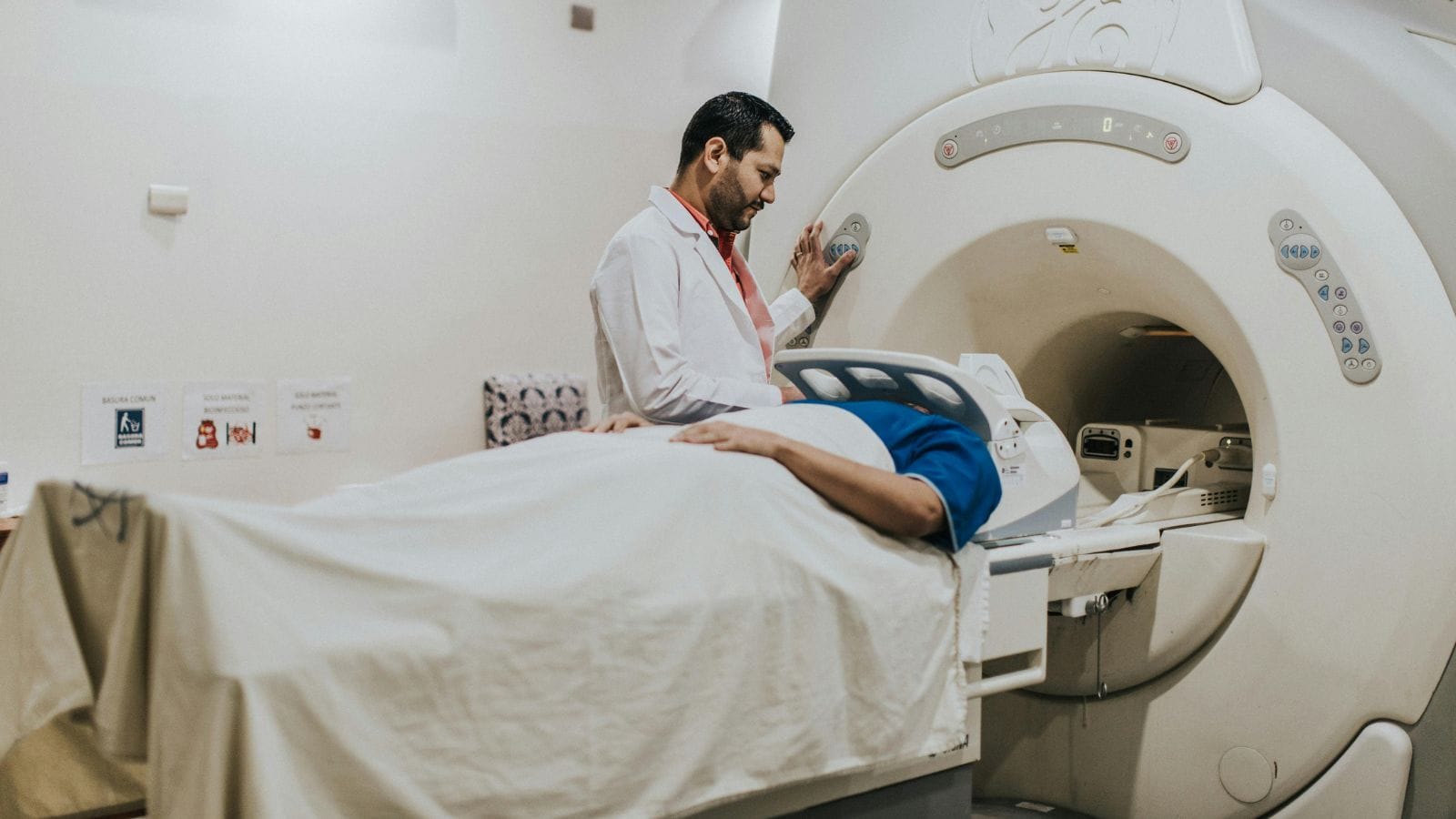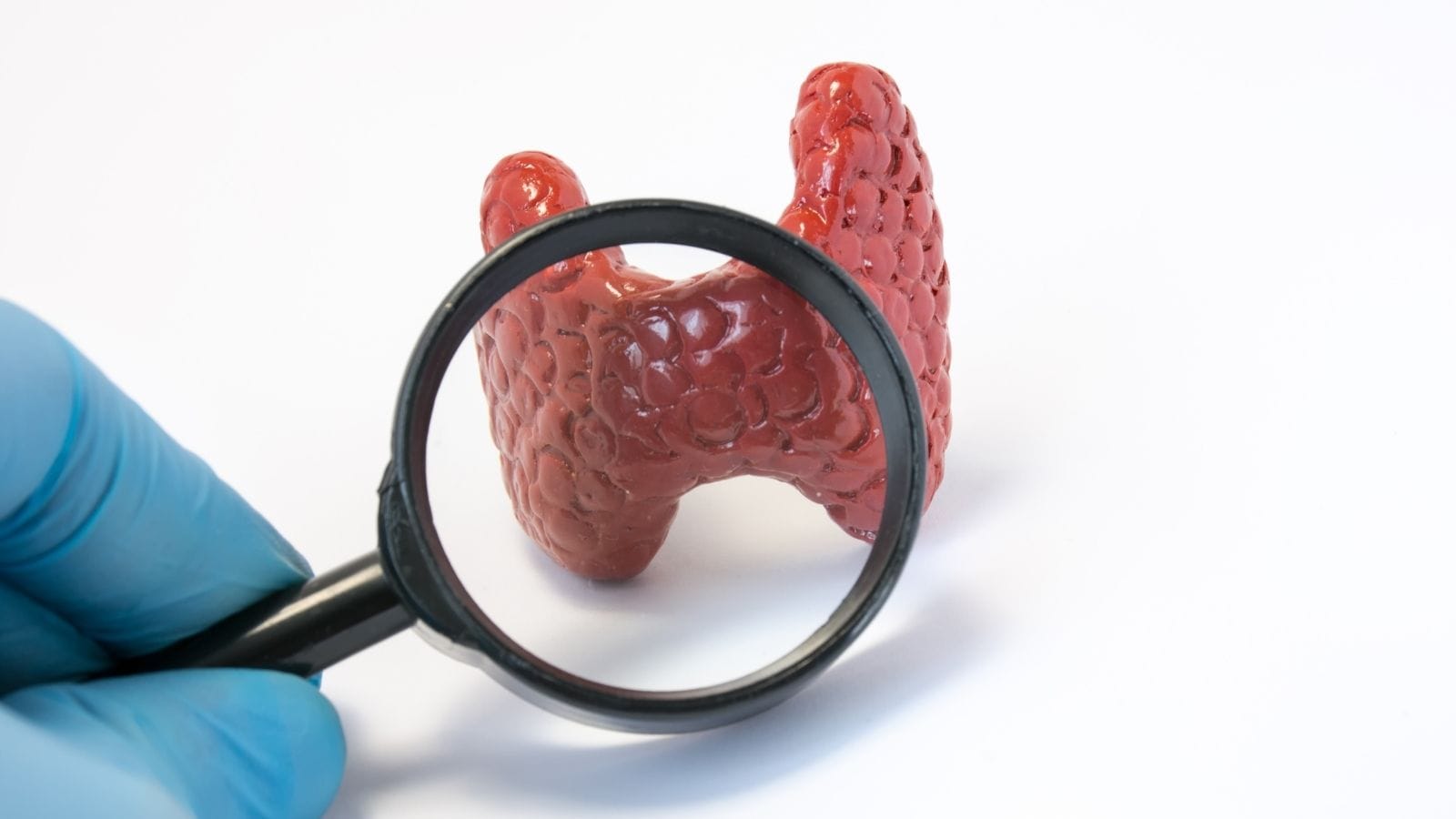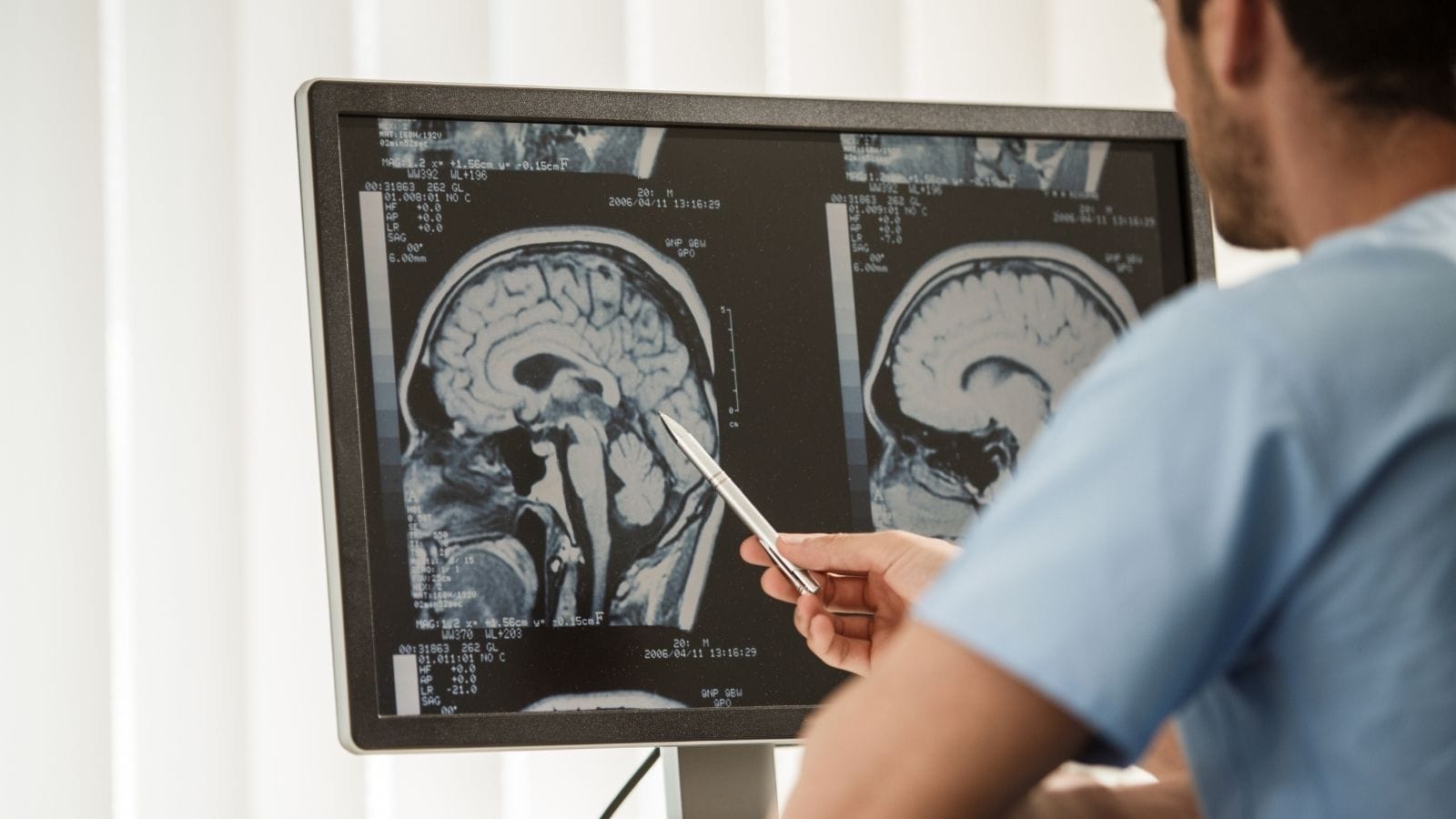X-ray is a medical imaging technique that uses ionizing radiation to create images of bones and internal structures. It is one of the most widely used diagnostic methods in clinical practice.
X-rays are commonly used to detect fractures, lung infections, dental problems, and bone deformities. They are also valuable in identifying degenerative joint diseases and certain tumors.
The procedure involves directing X-rays through the body, which are absorbed differently by tissues. Dense structures like bone appear white, while soft tissues appear in shades of gray.
Despite using low radiation doses, X-rays are generally safe. However, protective measures are taken, especially in children and pregnant women, to minimize unnecessary exposure.
| Medical Name | Direct Radiography (X-Ray) |
| Purpose of Use | Imaging of bone structures, lungs, some soft tissues, and internal organs |
| Method Type | Imaging using ionizing radiation (X-rays) |
| Procedure Duration | Usually 5–10 minutes |
| Preparation Requirement | Remove metal jewelry; special preparation may be needed depending on area (e.g., fasting for abdominal X-ray) |
| Structures Evaluated | Bones, joints, lungs, heart shadow, sinuses, intra-abdominal gas distribution |
| Clinical Use Areas | Fractures and dislocations, lung infections, scoliosis, arthritis, foreign body assessment |
| Advantages | Quick, first choice in emergencies, widely accessible |
| Limitations | Contains radiation, low soft tissue detail, should be used cautiously in pregnancy |
| Possible Findings | Fracture, tumor, infection, fluid accumulation, organ enlargement |
| Auxiliary Methods | CT, MRI, ultrasound, scintigraphy (for further detail when needed) |
What Is X-Ray and How Does It Work?
X-ray, discovered by Wilhelm Conrad Roentgen in the late 19th century, revolutionized medicine. The principle is simple: inside the X-ray machine, a heated cathode (negative electrode) releases electrons, which accelerate and strike a metal target. The energy from this collision produces X-rays. These X-rays then try to pass through different tissues in the body, which all have varying densities.
Bones, being dense and rich in calcium, absorb more X-rays, appearing white or light on film or digital images. Muscles, fat, and organs absorb fewer rays and appear as shades of gray. Lungs, filled with air, allow rays to pass almost unhindered and appear dark or black.
During an X-ray, the beam is directed at the target body part. The detector or film on the other side captures the remaining rays—think of this as developing a photograph: white areas show denser structures, while black areas show air spaces. This makes it possible to spot fractures, masses, foreign bodies, or abnormal organ appearances.
Main Medical Uses of X-Ray
The first thing that comes to mind with X-ray is likely bone and joint injury detection. It is indeed a gold standard in orthopedics for quickly evaluating bones. But X-rays are useful for much more than that:
- Bone and Joint Diseases: Detecting fractures, osteoporosis, arthritis, and joint narrowing or calcification.
- Lung and Airways: Identifying lung infections (pneumonia, tuberculosis), tumors or nodules, and heart enlargement (as seen in the “heart shadow”).
- Teeth and Jaw: Intraoral X-ray for tooth root evaluation; panoramic X-ray for jaw structure and impacted teeth.
- Breast Imaging (Mammography): Early breast cancer detection using the same X-ray principles.
- Other Organs: Abdominal X-ray for obstructions, kidney/gallstones; contrast techniques for vascular imaging (angiography).
In summary, X-ray is practical in emergencies and often the first step in diagnostic imaging, although it may need to be supplemented by ultrasound, MRI, or CT for further detail.
How Is an X-Ray Done?
- Remove all metal items (belts, jewelry, etc.) to avoid artifacts.
- Special preparation may be needed for abdominal or contrast studies (such as fasting or bowel cleansing).
- Depending on the body part, you may stand, sit, or lie down, and sometimes multiple angles are taken.
- The technician operates the machine from a shielded area for protection.
- The procedure is usually painless and takes only a few seconds, though preparation and positioning may take longer.
- Images are reviewed by a radiologist, and a report is sent to your doctor.
Types of X-Ray Imaging
- Conventional X-ray: 2D imaging, most commonly used for fractures, lung disease, and dental issues.
- CT (Computed Tomography): X-ray source and detectors rotate around the patient for cross-sectional and 3D-like images; higher detail and radiation dose.
- Fluoroscopy: Real-time X-ray imaging, often used with contrast agents for dynamic studies (like swallowing exams or catheter guidance).
- Mammography: Specialized for breast tissue, detects small tumors and calcifications.
- Dental X-rays: Panoramic and periapical imaging for jaw and teeth.
- Bone Densitometry (DEXA): Low-dose X-ray for measuring bone density and osteoporosis screening.
How to Prepare for an X-Ray
- Remove all metal items and wear loose, comfortable clothing.
- Follow specific instructions for contrast X-rays (such as fasting for GI studies).
- If you are pregnant or may be pregnant, always inform the staff in advance.
- Some contrast procedures require allergy checks or pre-tests, and those with kidney or thyroid issues should tell their doctor.
What Body Parts Can Be Examined by X-Ray?
- Skeletal System: Skull to toes, including joints and spine. Fractures, dislocations, or degeneration are most commonly assessed.
- Chest: Lungs (pneumonia, TB, COPD), heart size, and major vessels.
- Abdomen: Obstructions, stones, gas distribution. Barium studies for GI tract.
- Teeth/Jaw: Single tooth or panoramic jaw imaging.
- Breast: Mammography for cancer screening.
- Vessels: Usually with contrast agents (angiography) for heart or brain vessels.
How Does X-Ray Help in Fracture Diagnosis?
- X-rays are absorbed by dense bone, showing as white areas. Fractures appear as disruptions in the bone’s continuity.
- Multiple angles (front, side, oblique) may be needed for complex injuries.
- Fracture type (hairline, spiral, comminuted, transverse) can be identified to guide treatment.
- Joint dislocations, as well as healing and alignment during follow-up, can be monitored.
Can X-Rays Be Used in Cancer Treatment?
- X-rays are not just for diagnosis—they are also the foundation of radiation therapy (radiotherapy).
- High-dose radiation damages rapidly dividing cancer cells’ DNA, stopping their growth.
- Healthy tissues can also be affected, but they repair themselves better than cancer cells.
- Techniques: External radiotherapy (using a linear accelerator), or internal radiotherapy (brachytherapy), with careful planning to target tumors.
- Used for breast, prostate, lung, brain, head and neck, and many other cancers—sometimes before surgery to shrink tumors or after surgery to eliminate remaining cells.
- Side effects (skin redness, fatigue, nausea) are usually temporary and managed by the oncology team.
Frequently Asked Questions
Does an X-ray show everything?
No, it is best for bones, lungs, and teeth, but is limited for soft tissues and early-stage diseases. MRI or ultrasound may be needed for more detail.
What’s the difference between MRI and X-ray?
X-ray uses radiation; MRI uses magnets and radio waves (no radiation). X-ray is better for bones; MRI is better for soft tissues.
Does X-ray radiation stay in your body?
No, X-rays do not remain in your body. Exposure ends with the exam; you do not emit radiation afterward.
How long does an X-ray take?
Most exams (chest, hand, etc.) take 5–10 minutes total. Special or contrast studies may take longer.
Can inflammation be seen on X-ray?
Some inflammation, such as bone infections or pneumonia, can be seen. However, many soft tissue inflammations require other imaging.
Does X-ray hurt?
No, the procedure is painless, though keeping still for a sore area may be briefly uncomfortable.
Should you fast for an X-ray?
Usually not required, but fasting may be needed for GI or contrast studies. Always check with your provider.
Can cancer be detected on X-ray?
Some cancers can be suspected, but X-ray alone is rarely sufficient for a definitive diagnosis.
What to do after an X-ray?
No special action needed for standard exams; resume normal activities. For contrast studies, drink water if advised by your doctor, and follow up for results.

Interventional Radiology and Neuroradiology Speaclist Prof. Dr. Özgür Kılıçkesmez graduated from Cerrahpaşa Medical Faculty in 1997. He completed his specialization at Istanbul Education and Research Hospital. He received training in interventional radiology and oncology in London. He founded the interventional radiology department at Istanbul Çam and Sakura City Hospital and became a professor in 2020. He holds many international awards and certificates, has over 150 scientific publications, and has been cited more than 1500 times. He is currently working at Medicana Ataköy Hospital.









Vaka Örnekleri